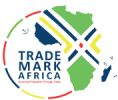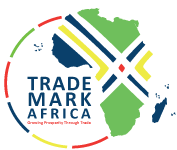Allen Twinomugisha, a mother of 7, trades at the Uganda/Rwanda Border at Mirama Hills. She crosses from Uganda to the Rwanda town of Kayonza to sell bananas and other agricultural produce at-least 4 times a day. She makes a profit of UGX10, 000 per day (US$61 per month). Judging from the busy transporters on bicycles, motorcycles and matatus, the cross border business at the newly opened Ntungamo/Kagitumba One Stop Border Post (OSBP) is thriving. Allen's journey has not always been easy. Various infrastructural and policy initiatives around the borders are expected to not only improve hers and other cross border traders operations, but also to lead to a reduction in transit time at the border crossings. Adoption of key policy changes agreed at the regional level complemented by information campaigns targeting informal cross border traders will enable informal trade to streamline to formal trade, with cost savings to traders and improved revenue collection by governments. TMA is the government of Uganda’s Trade Facilitation strategic partner and has invested over US$ 52 million in the construction and operationalization of 5 One Stop Border Posts (OSBP). Allen recalls her trade journey between Uganda and Rwanda a few months ago when she had to use informal routes, which were littered by a plethora of bribes and harassment. She did not understand formal route requirements, stayed away from the main border offices and opted the informal route thinking it was cheaper. She highlights new benefits, which she attributes to the new OSBP and information...
A mixed approach facilitates cross border trade leading to increased revenue, incomes and improved livelihoods
Posted on: February 13, 2017
Posted on: February 13, 2017
























